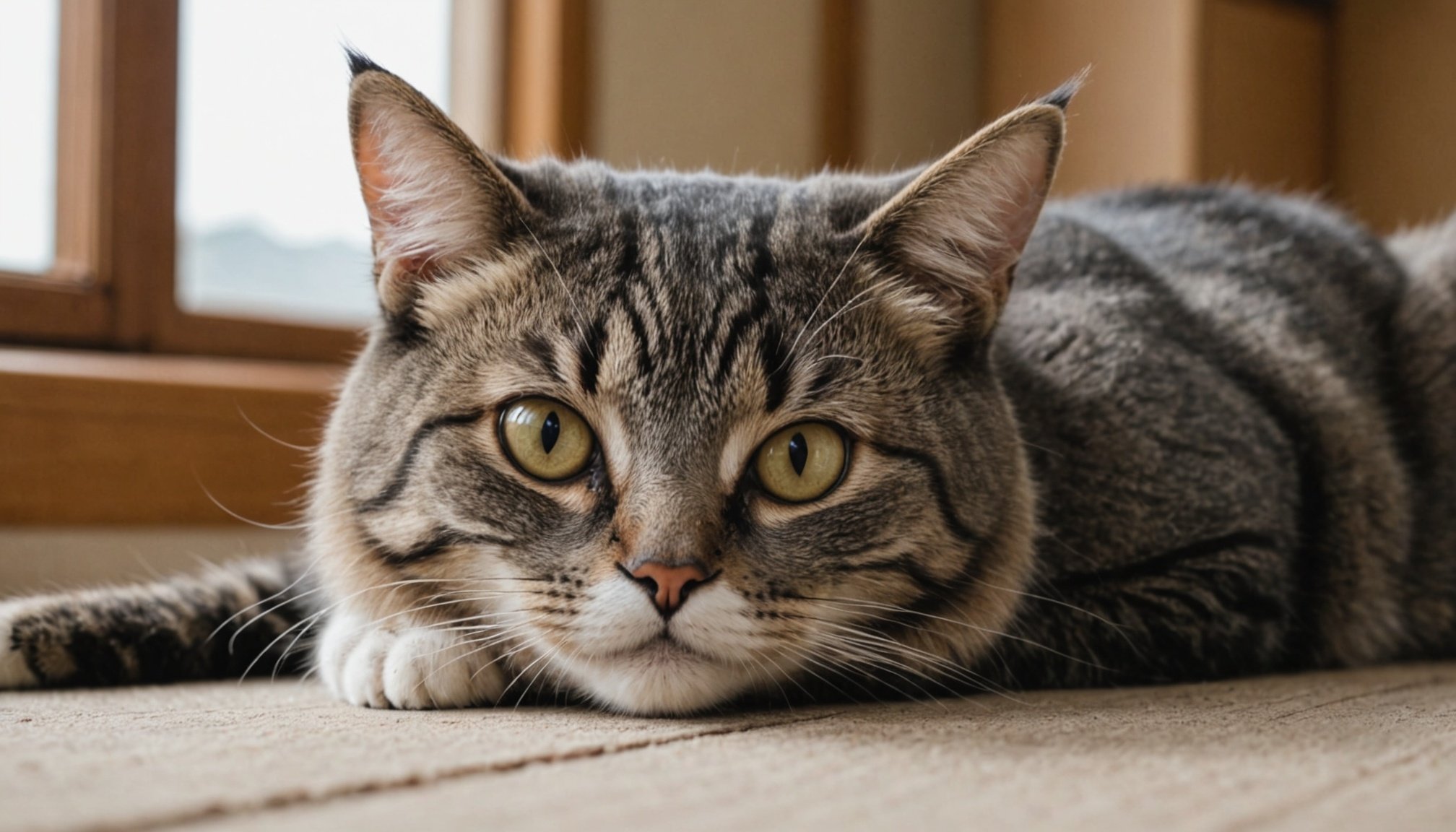Understanding the Needs of Rescue Cats
Rescue cats often come with a history that shapes their present behavior. Understanding these past experiences is crucial for their well-being. Common behavioral issues include anxiety and fearfulness, stemming from previous neglect or trauma. Recognizing this helps in addressing their unique needs.
A central aspect of caring for rescue cats is creating a supportive, calming environment. This involves minimizing stressors and focusing on the comfort and security of the feline. Initiate by evaluating your home from a cat’s perspective: does it offer places for hiding, playing, and relaxing?
Additional reading : Proven Techniques to Help Your Shy Dachshund Puppy Thrive Socially
Addressing behavioral challenges is another key responsibility. For instance, if your rescue cat exhibits aggression or litter box aversion, patience, and structured interventions can make a difference. Techniques like offering a calming environment with cozy, secluded spots or using pheromone diffusers can be effective strategies.
It’s important to customize your home to fit a rescue cat’s needs. Rearrange your space to include vertical areas for exploration and ensure essential resources are accessible. By doing so, you align your environment with their feline behavior, fostering a connection that reassures and aids in their adjustment. Understanding these dynamics enhances the bond and promotes a harmonious living situation for both you and your feline friend.
Have you seen this : Crafting a Tranquil Haven: Top Expert Tips for Designing a Relaxing Sanctuary for Cats with Hyperesthesia
Creating a Calming Home Environment
Adapting your physical space to meet the unique requirements of rescue cats is integral to promoting a serene atmosphere. A calming environment can significantly influence your rescue cat’s comfort and well-being.
Utilizing Soft Textures and Colors
A properly designed home for cats often features soft textures and soothing colours. Soft materials are essential for creating plush, comfortable resting spots. At the same time, incorporating muted tones can influence a cat’s mood positively, fostering a tranquil space. Providing multiple cozy hiding places helps your rescue cat feel secure and shielded, offering retreats where they can relax away from household bustle.
Noise Reduction Strategies
Reducing environmental noise plays a pivotal role in maintaining tranquility. Identify and minimize loud sounds from everyday activities or external sources. Implementing calming music or white noise can effectively soothe anxiety in sensitive cats. Designate quiet zones in your home where these cats can retreat during stressful periods, ensuring minimal disruption from noises.
Strategic Layout for Calmness
When designing your home, arranging furniture to allow smooth pathways and open spaces encourages natural feline movement. Including areas for vertical exploration aligns with feline behavior, while ensuring essential resources like food, water, and litter boxes are accessible. This personalized environment helps in reducing stress and encourages interactive stimulation for your rescue cat.
Recommended Products for Tranquility
Rescue cats often benefit from specific cat calming products designed to ease anxiety and promote a sense of security. Calming beds, for instance, offer soft, snug places where an anxious cat can retreat. These beds mimic the warmth and coziness of a litter, providing reassurance in their new surroundings.
Interactive toys are another essential element in crafting a peaceful home environment for your feline friend. They are not only a source of entertainment but also a tool for mental stimulation, crucial for reducing boredom-induced stress. Toys such as ball tracks or feather wands encourage activity and engagement, helping cats burn off nervous energy.
Furthermore, incorporating cat trees and scratching posts supports their natural behavioral needs, aiding in stress reduction. Cat trees provide vertical spaces to explore, which aligns with a cat’s instinct to survey their territory from elevated spots. Scratching posts fulfill the urge to scratch, a vital activity for a cat’s physical well-being and mental satisfaction.
These elements combined not only create a serene atmosphere but also address the diverse needs of rescue cats, enhancing their adjustment process. Prioritizing these products contributes to a harmonious living environment tailored to their unique requirements.
Behavioral Training Techniques
Understanding and addressing behavioral challenges in rescue cats often involves cat training tips that focus on patience and tailored modification strategies. By emphasizing behavior modification and providing anxiety relief, owners can foster a calmer and more harmonious household.
Positive Reinforcement Approaches
One effective method of behavior modification for rescue cats is positive reinforcement. Incorporating treat-based training encourages desired behaviors. Each correct action can be rewarded, strengthening positive associations. Additionally, trust-building is crucial: slow, gentle interactions help gain a cat’s confidence. Clicker training is also a practical tool, using the sound of a click to signal correct behavior followed by a treat. This form of training supports clear communication between cat and owner.
Creating Routine and Predictability
Routine plays a vital role in reducing anxiety. A consistent feeding and play schedule is essential for anxiety relief, offering predictability that soothes stress-prone rescue cats. Gradually introducing new activities or elements minimizes disruption. Keep changes minimal and gradual to maintain stability.
Recognizing and Responding to Stress Signs
Identify common stress signals in rescue cats like hiding or reduced appetite. Understanding these signs allows for effective intervention. Strategies like providing quiet time or a soothing calming environment can help. Patience and understanding are paramount throughout the adjustment period to ensure each cat feels safe and supported.
Addressing Common Challenges with Rescue Cats
Rescue cats might face adjustment issues as they transition into new environments. Understanding and managing territorial behaviours is essential. Cats are inherently territorial, and they require time to get accustomed to unfamiliar spaces. You can ease this stress by gradually introducing them to different areas within your home. Allow them to explore at their own pace.
Stress management is pivotal for feline well-being. Creating a dedicated quiet zone provides a safe haven where your cat can retreat. Recognize that behaviour challenges like litter box aversion or aggression are not uncommon. Address these concerns with patience and strategy. Monitor litter box placement; it should be in accessible, low-traffic areas to prevent aversion.
Aggression, often stemming from fear or insecurity, might call for specialised interventions. Redirect this energy with interactive play, using toys that stimulate their hunting instincts. Keep these sessions short and enjoyable, building trust and reducing anxiety over time.
Overall, a varied approach tailored to individual cat needs will go a long way in resolving adjustment issues. Remember, fostering a secure and nurturing environment encourages a smoother transition as your rescue cat settles into a new space.






